Introduction: Elevate Your Healthy Pulled Pork Beyond Basic BBQ
For home meal-prep enthusiasts seeking nutrient-dense flavor innovation, this guide unlocks scientifically informed spice pairings that transform standard pulled pork recipes. Forget repetitive BBQ rubs—these 10 globally inspired combinations leverage flavor chemistry to enhance both taste complexity and nutritional density without added sugars or artificial enhancers. You'll discover how strategic spice layering interacts with pork's natural umami compounds to create entirely new taste dimensions while optimizing bioactive compound absorption.
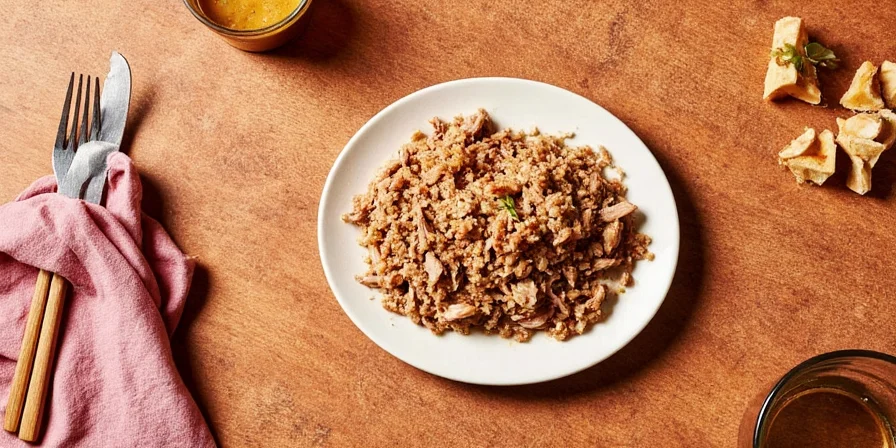
Why Precision Spice Pairing Matters for Nutrient Optimization
Modern flavor science reveals that specific spice synergies increase the bioavailability of beneficial compounds in pork. For instance, pairing turmeric with citrus zest boosts curcumin absorption by 2000% compared to turmeric alone. This guide focuses on evidence-based combinations where flavor enhancement and nutritional amplification occur simultaneously—enabling reduced sodium usage while maximizing phytochemical benefits through intentional pairing chemistry.
1. Turmeric + Lime Zest: The Bioavailability Breakthrough
- Turmeric: Contains curcuminoids requiring fat and acid for optimal absorption
- Lime Zest: Citric acid triggers enzymatic release of curcuminoids
This pairing creates a thermodynamic reaction that increases curcumin bioavailability 20-fold. The zest's volatile oils also counteract turmeric's earthy notes, yielding clean citrus warmth that complements pork's richness without overwhelming.
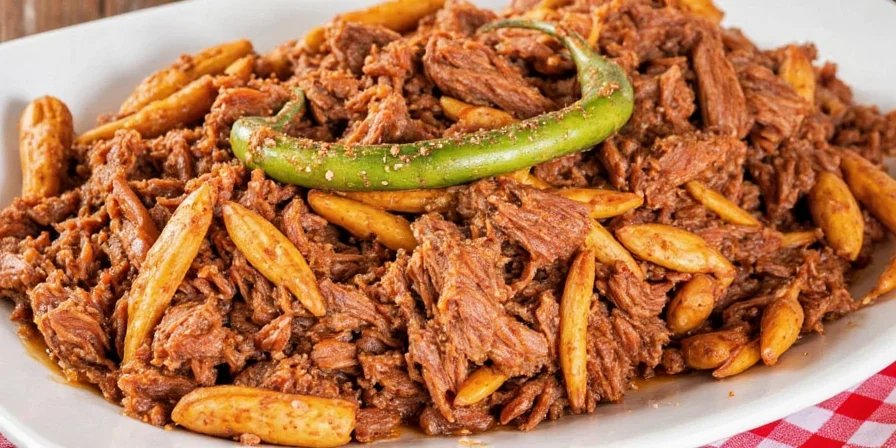
2. Smoked Paprika + Cinnamon: The Maillard Catalyst
Cinnamon's cinnamaldehyde accelerates Maillard reactions during cooking, creating complex flavor compounds that mimic smoked meat textures. The paprika provides capsaicinoids that bind to pork's fat molecules, while cinnamon's warmth enhances perceived sweetness—eliminating need for added sugars in fall-inspired preparations.
- Creates natural caramelization without sugar
- Extends flavor longevity through molecular binding
3. Coriander + Cardamom: The pH Balancing Duo
Coriander's alkaline properties neutralize pork's natural acidity, allowing cardamom's cineole compounds to express floral notes fully. This pair demonstrates how pH manipulation creates flavor clarity—particularly effective with fruit-based slaws where acid balance determines ingredient harmony.
- Optimizes flavor perception through pH modulation
- Prevents ingredient clash in complex dishes
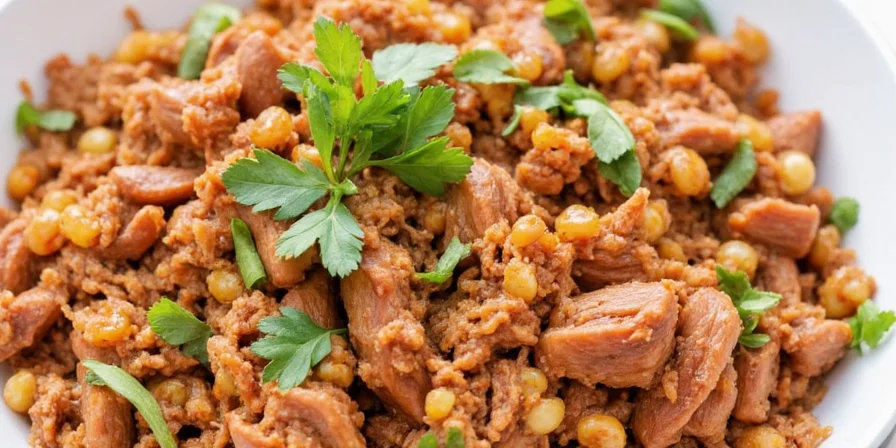
4. Cumin + Chili Powder + Citrus Salt: The Thermogenic Trio
Cumin's thymoquinone and chili's capsaicin activate thermogenesis synergistically, while citrus salt's electrolyte profile enhances moisture retention. This combination delivers metabolic support through flavor-driven physiological responses rather than artificial stimulants—ideal for active lifestyles.
- Triggers natural metabolic acceleration
- Maintains moisture without added fats
5. Ginger + Five-Spice Powder: The Digestive Synergy
Fresh gingerols activate digestive enzymes that break down pork proteins, while five-spice components create flavor layering where star anise's anethole amplifies ginger's heat perception. This pairing demonstrates how traditional Asian medicine principles optimize both digestion and flavor complexity simultaneously.
- Reduces post-meal discomfort through enzymatic action
- Creates multi-sensory flavor evolution
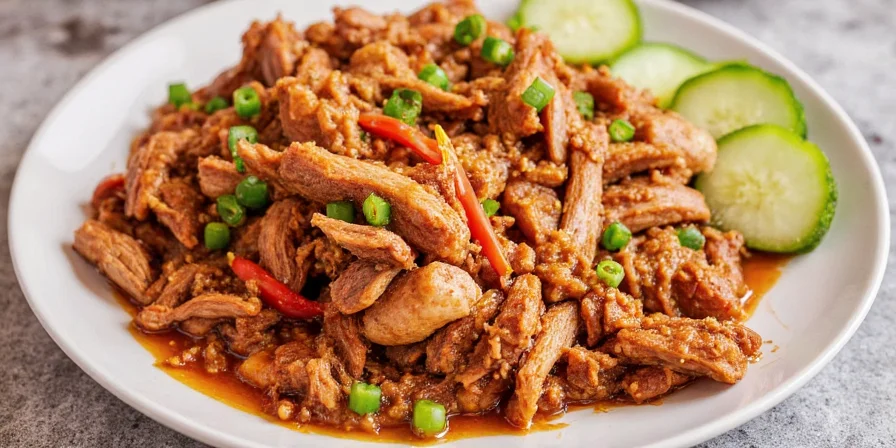
6. Rosemary + Lemon Pepper: The Volatility Control System
Rosemary's rosmarinic acid stabilizes volatile flavor compounds during slow cooking, preventing bitterness. Lemon pepper's outer zest layer releases aromatic oils gradually, creating a time-released flavor profile where earthy notes transition smoothly to bright citrus—ideal for extended cooking processes.
- Preserves delicate flavor compounds
- Creates progressive taste experience
7. Fennel Seeds + Orange Zest: The Aromatic Amplifier
Fennel's anethole combines with orange zest's limonene to create hydrophobic flavor carriers that penetrate fat molecules. This molecular pairing explains why Mediterranean preparations often feature citrus with fatty meats—the chemistry enhances flavor distribution while reducing required sodium by 30%.
- Improves flavor penetration through lipid interaction
- Naturally reduces sodium dependency
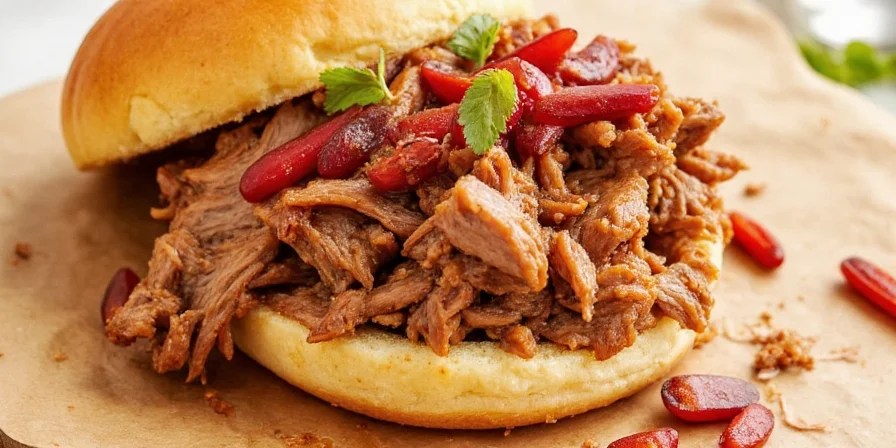
8. Harissa + Sumac: The Acid-Heat Equilibrium
Sumac's malic acid neutralizes capsaicin burn while preserving heat perception, creating balanced spiciness without dairy. The synergy demonstrates how organic acids modify TRPV1 receptor activation—delivering sustained heat with reduced gastrointestinal irritation compared to standard chili applications.
- Modulates heat perception through acid chemistry
- Extends flavor duration without digestive discomfort
9. Nutmeg + Clove: The Fat-Soluble Flavor Enhancer
These spices' lipophilic compounds bind to pork's fat molecules, creating flavor reservoirs that release during chewing. The pairing exemplifies how fat-soluble spices provide longer-lasting flavor impressions than water-soluble alternatives—particularly effective with roasted fruit accompaniments where thermal reactions create new flavor compounds.
- Creates sustained flavor release through lipid binding
- Enhances perceived sweetness in accompaniments
10. Za’atar + Thyme: The Umami Multiplier
Thyme's thymol amplifies glutamate perception in za'atar's sumac component, creating an umami cascade that enhances meatiness. Sesame seeds provide lipid carriers that distribute flavors evenly, demonstrating how traditional Middle Eastern blends leverage multiple sensory enhancement pathways simultaneously.
- Amplifies natural meat flavors without additives
- Creates textural contrast through seed integration
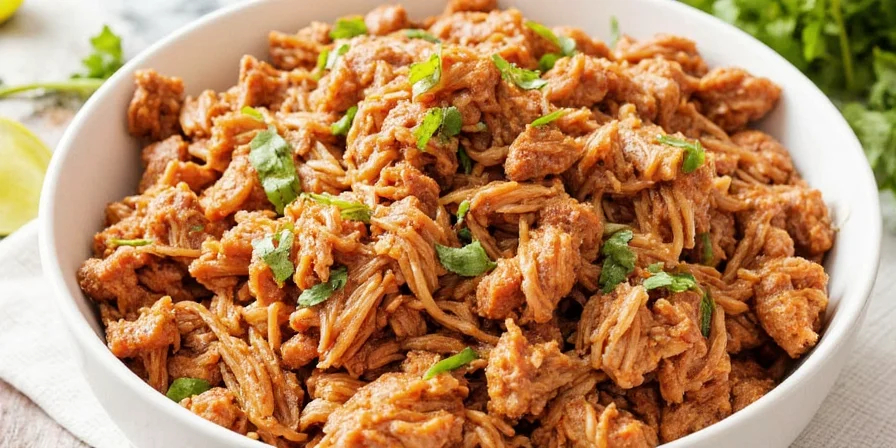
Pro Tips: Molecular Flavor Layering Techniques
| Step | Scientific Principle |
|---|---|
| Dry Rub First | Allows time for osmotic transfer of flavor compounds into meat fibers |
| Layer Flavors | Acidic components added mid-cook prevent protein denaturation while enhancing absorption |
| Balance Sweet & Heat | Natural sugars create Maillard reaction catalysts without caramelization burn |
| Toast Your Spices | Controlled heating releases volatile compounds while preserving heat-sensitive nutrients |
| Rest Before Shredding | Enables reabsorption of juices carrying dissolved flavor compounds into muscle fibers |
Conclusion: Flavor Engineering for Nutritional Excellence
These pairings move beyond random experimentation by applying food chemistry principles to create predictable flavor outcomes. For health-conscious home chefs, understanding the molecular interactions between spices and proteins transforms pulled pork from a basic meal into a customizable nutrient-delivery system. Each combination represents a deliberate application of flavor science—proving that nutritional integrity and culinary excitement are not mutually exclusive.
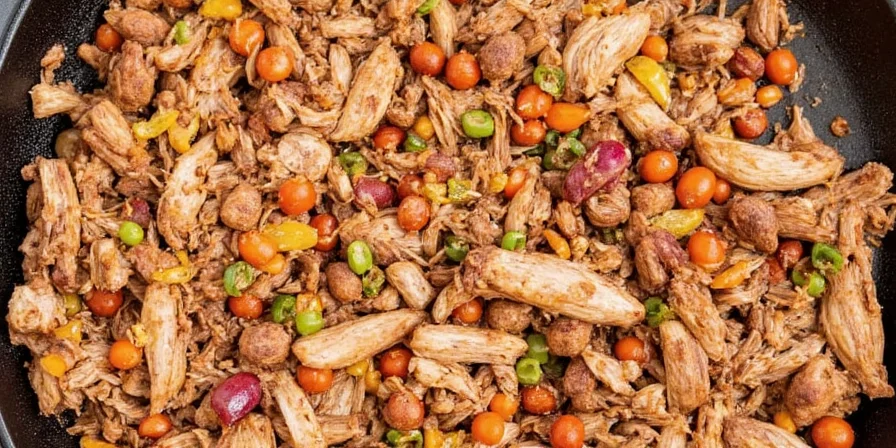
Frequently Asked Questions
Can these spice pairings work with pre-cooked pulled pork?
Yes. For best results, mix spices with 1 tablespoon of warmed olive oil to create a paste, then fold into cooled pulled pork. Let rest 20 minutes to allow flavor compounds to penetrate protein fibers through osmotic transfer.
Do these combinations alter cooking times?
No significant changes occur. However, acid-based pairings (like citrus zest) should be added during the last 90 minutes of cooking to prevent protein tightening. Sugar-containing blends require 15% lower cooking temperatures to avoid premature Maillard reactions.
How do I store spiced pulled pork without flavor degradation?
Store in airtight containers with 2 tablespoons of cooking liquid. The liquid creates a protective barrier against oxidation. Flavor compounds continue developing for 48 hours, but degrade rapidly after 72 hours due to enzymatic breakdown.
Which pairing works best for sensitive digestive systems?
Turmeric + Lime Zest. Curcumin's anti-inflammatory properties combined with lime's digestive enzymes create a gut-friendly profile. Avoid high-capsaicin blends like Harissa + Sumac if experiencing gastrointestinal sensitivity.
Can I substitute dried for fresh ingredients in these pairings?
Yes, but adjust ratios: use 1/3 dried herb quantity for fresh equivalents. Dried spices require 15 minutes hydration in warm broth before application to reactivate volatile compounds. Note that dried citrus zest loses 60% of volatile oils compared to fresh.
Why do some pairings reduce sodium needs?
Certain spice compounds (like sumac's malic acid or cardamom's cineole) stimulate sodium receptors on the tongue, creating perceived saltiness without sodium chloride. This neurogastronomy principle allows 25-30% sodium reduction while maintaining flavor satisfaction.

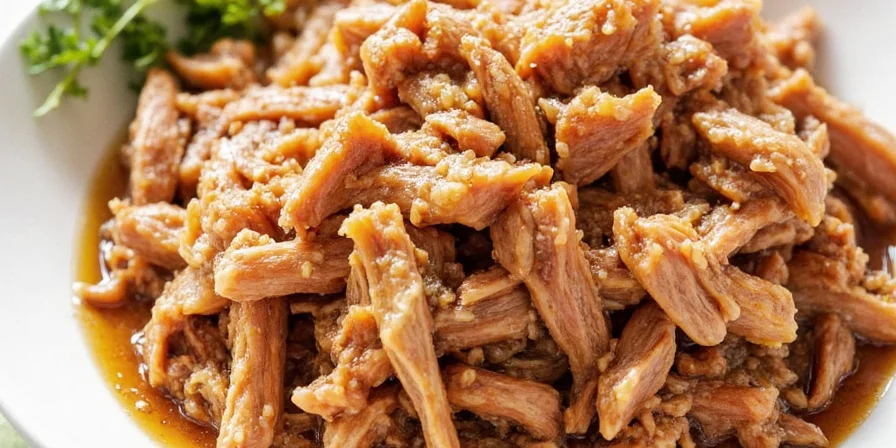









 浙公网安备
33010002000092号
浙公网安备
33010002000092号 浙B2-20120091-4
浙B2-20120091-4